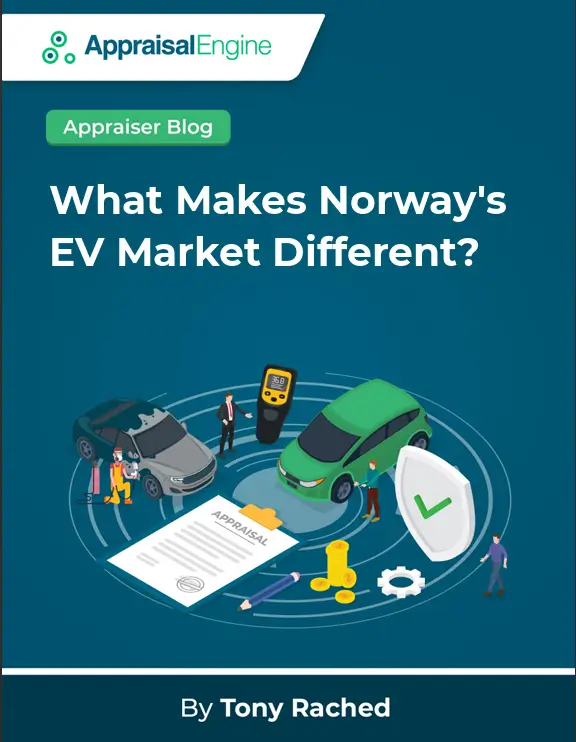Electric vehicles (EVs) represent the frontier of automotive technology, promising a cleaner, more sustainable future. While the global race toward EV adoption accelerates, Norway has emerged as a leader, setting a sterling example for countries worldwide. The United States, amidst its journey towards electrification, stands to gain valuable insights from Norway’s approach. This article delves into the strategies and policies that have propelled Norway to the pinnacle of EV adoption, offering lessons and inspiration for the U.S. as it navigates its own path to a greener future.

What Makes Norway’s EV Market Different? (PDF)
The Norwegian Model: A Beacon of EV Success
In Norway, electric dreams have become a reality. The country boasts an astonishing 82% of new car sales being electric vehicles in 2023, a testament to its robust policies and the public’s embrace of green technology. This figure starkly contrasts with the 7.6% in the U.S. and even outpaces China’s 24%, highlighting the significant disparity in EV adoption rates. Norway’s ambitious target for all new cars to be zero-emission by 2025 reflects not just aspiration but achievable policy-driven goals.
Pioneering Policies: The Backbone of Norway’s EV Revolution
Norway’s journey to the top of the EV world didn’t happen overnight. It was meticulously planned and executed through a series of government incentives initiated in the 1990s. These incentives include:
- No taxes on zero-emission vehicles, offering a substantial price advantage over traditional gasoline cars.
- Free parking and the use of bus lanes for EVs, making them a more convenient option.
- No tolls, further reducing the cost of EV ownership.
- Infrastructure development, such as replacing gas pumps and parking meters with chargers, has been crucial in creating an EV-friendly ecosystem.
The introduction of Tesla and other electric models about a decade ago marked a turning point, driving a surge in EV sales. This shift underscores the importance of market-ready, appealing EV options in stimulating consumer interest and adoption.
Powering the Future: Norway’s Renewable Advantage
A key to Norway’s EV success lies in its unique energy landscape. Almost 100% of its electricity comes from hydropower, offering a clean, renewable, and affordable energy source for EV charging. This not only makes driving an EV significantly cheaper but also ensures that the environmental benefits are maximized, reducing the carbon footprint of every kilometer driven.
What Can the U.S. Learn from Norway?
The U.S. has its own unique challenges and opportunities in fostering EV adoption. However, Norway’s example illuminates several pathways for accelerating the shift towards electric vehicles:
- Enhanced Incentives: Adopting Norway’s approach to tax exemptions, toll waivers, and other financial incentives could significantly lower the barriers to EV ownership.
- Infrastructure Investment: Expanding charging networks and integrating EVs into public transport infrastructure can alleviate range anxiety and make EVs a more practical choice.
- Renewable Energy Integration: Leveraging the U.S.’s diverse renewable energy sources can reduce the overall carbon footprint of EVs and enhance their appeal.
The Road Ahead
The transition to electric vehicles is not just an environmental imperative but an opportunity to redefine mobility for the future. Norway’s success story offers valuable lessons in policy-making, infrastructure development, and the promotion of renewable energy. As the U.S. looks to ramp up its EV adoption, embracing these strategies could pave the way for a cleaner, more sustainable automotive landscape.
In conclusion, Norway’s electric vehicle utopia, powered by pioneering policies and renewable energy, stands as a model for the U.S. and the world. By adopting similar strategies, the U.S. can accelerate its journey towards a green automotive future, ensuring a healthier planet for generations to come. The road to electrification is long and winding, but with the right approach, it’s a journey worth taking.





